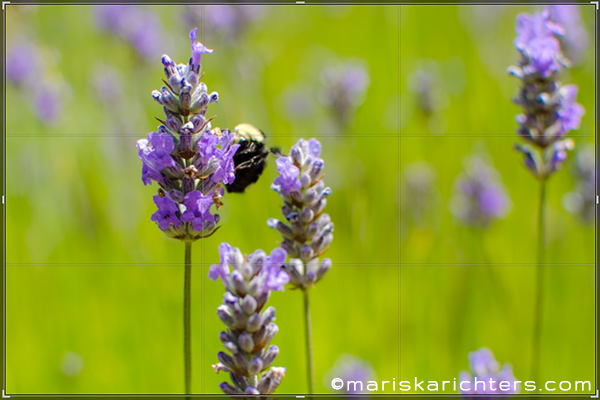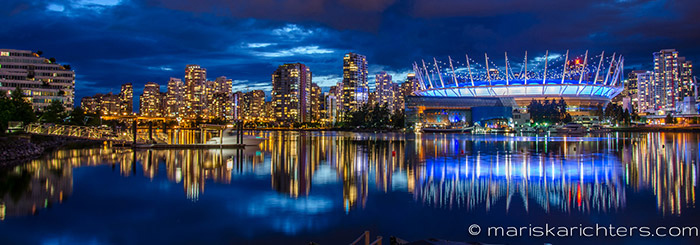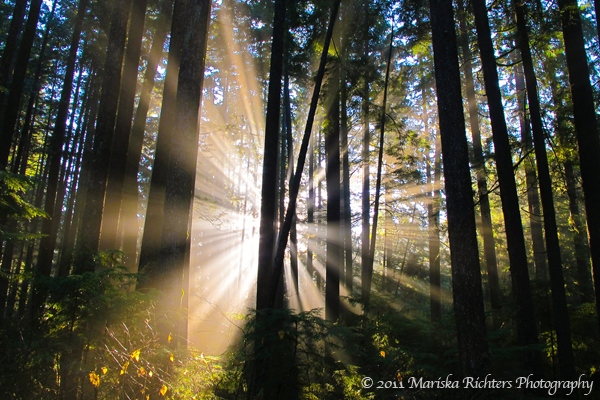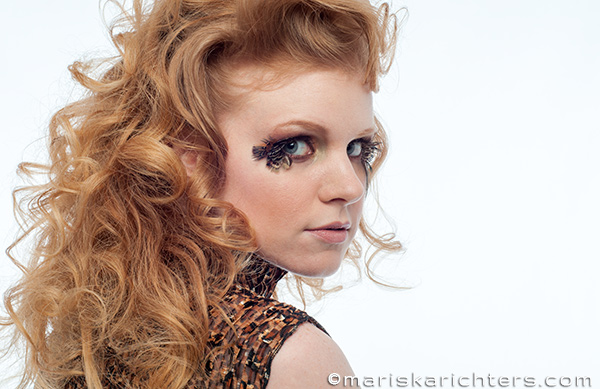I’ve shared a whole schwack of photo tips over the past several weeks:
- Camera Setup and Shoot Planning
- Exposure and Camera Settings
- Focusing and Sharpness
- Lighting and Colour
Now that we’ve covered the technical aspects, we will be getting into the fun part with some composition and creativity tips.
In photography, composition and creativity can be about following the rules or breaking them. It’s all about experimenting and trial and error. There is no wrong answer when it comes to being creative, so get out there and start shooting to see where your eye takes you.
10 Composition and Creativity Tips
- Create a Project For Yourself – Coming up with shooting ideas can be tough sometimes when you’re running low on inspiration. To get around this, set yourself a project so that you have a focus. If you’re feeling particularly inspired one day, create a list of mini projects and write them on small pieces of paper. Drop them into a jar and pull one out every time you need some inspiration. Check out this article to get yourself started.
- Simplicity – Some of the greatest photo compositions are not about what’s in the image, but rather about what has been left out. Look through your viewfinder to see if there is anything you can remove that doesn’t add to your image and adjust your shot to crop it out.
- Straight Horizon – Make sure your horizon is level. There’s nothing worse than capturing a great shot but then finding out later that your horizon is totally crooked, sometimes rendering your image unusable.
- Rule of Thirds – The rule of thirds states than an image is most pleasing when its subjects or regions are composed along imaginary lines which divide the image into thirds — both vertically and horizontally. Position the important elements in your scene along those lines, or at the points where they meet. You can also apply the rule of thirds to existing photos by cropping them later. You’ll find more information on the rule of thirds here.

- Fill the Frame – Filling up the frame forces you to keep your background simple and clean. Getting in closer to your subject eliminates distracting elements and cluttered backgrounds that detract from your image. Use a wide aperture to render your background slightly out of focus to make the viewer focus directly on the foreground and subject being presented.
- Look For Reflections – Reflections in water or in glass can add symmetry to your image. You can also try to shoot reflections in isolation for more abstract compositions.

- Try a Low Viewpoint – Get a more creative view by shooting from ground level for a different perspective on common subjects. For portraits of animals or children, get down to their eye level for a more intimate image.
- Try a Panoramic Image – I’m a big fan of the long thin panoramic images. They can add impact to your landscape shots. You don’t need to worry about stitching images together however, you can just take your high resolution image into your image editing software and crop it for the same effect.

- Shoot in Odd Numbers – Odd numbers give a more balanced composition than even numbers. Try to arrange your shot with an odd number of elements.
- Break The Rules!!! – The rules of composition can be helpful when you’re finding your eye and your vision, but they can also be a bit restricting. Once you have the rules down pat, get creative and start breaking them. For example, try putting the horizon at the top or bottom of the frame.
There are many more composition rules and ideas out there, but these should get you started.
Bonus Tip: Try shooting a picture everyday to get yourself into the habit of finding great photographic opportunities. We all have our smartphones with us all the time these days, so use your phone’s camera if you don’t want to lug your DSLR around with you everywhere. Post your daily pics to Instagram and see what people like. This is a great tool to find out what people find aesthetically pleasing. Share your Instagram profile link below so we can follow along and weigh in too!


 Hold the Camera Properly – Hold your elbows close to your body and hold your left hand under the lens. Release the shutter just after you exhale to help hold the camera steady and minimize camera shake.
Hold the Camera Properly – Hold your elbows close to your body and hold your left hand under the lens. Release the shutter just after you exhale to help hold the camera steady and minimize camera shake.
 Use a Tripod – This is the best way to ensure sharp images, especially when shooting at long shutter speeds. A monopod may be a better option for action shots to minimize camera shake but still move around fairly easily. If you don’t have a tripod or monopod, brace the camera on a solid object like a post or a wall. When all else fails you can kneel or lie down to create a more stable position.
Use a Tripod – This is the best way to ensure sharp images, especially when shooting at long shutter speeds. A monopod may be a better option for action shots to minimize camera shake but still move around fairly easily. If you don’t have a tripod or monopod, brace the camera on a solid object like a post or a wall. When all else fails you can kneel or lie down to create a more stable position.